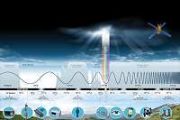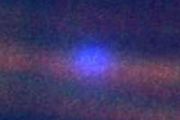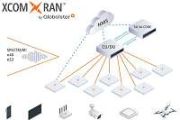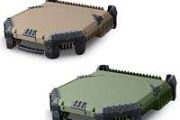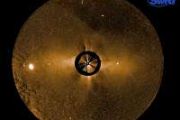
Copernical Team
U.S. needs nuclear spacecraft to compete with China, NASA official says
 NASA and U.S. aerospace experts urged Congress on Wednesday to invest more quickly and heavily in development of nuclear-powered spacecraft Wednesday to stay ahead of such competitors as China.
The space agency believes spacecraft powered by a nuclear thermal rocket reach Mars in just three to four months, which is about half the time required by traditional, liquid propellant rockets.
NASA and U.S. aerospace experts urged Congress on Wednesday to invest more quickly and heavily in development of nuclear-powered spacecraft Wednesday to stay ahead of such competitors as China.
The space agency believes spacecraft powered by a nuclear thermal rocket reach Mars in just three to four months, which is about half the time required by traditional, liquid propellant rockets. South Korea launches own space rocket for the first time
 South Korea launched its first domestically developed space rocket on Thursday, carrying a 1.5-tonne payload into orbit it seeks to join the ranks of advanced space-faring nations. The Korea Space Launch Vehicle II, informally called Nuri and emblazoned with a South Korean flag, rose upwards from the launch site in Goheung trailing a column of flame.
South Korea launched its first domestically developed space rocket on Thursday, carrying a 1.5-tonne payload into orbit it seeks to join the ranks of advanced space-faring nations. The Korea Space Launch Vehicle II, informally called Nuri and emblazoned with a South Korean flag, rose upwards from the launch site in Goheung trailing a column of flame. Ten years of Soyuz at Europe’s Spaceport
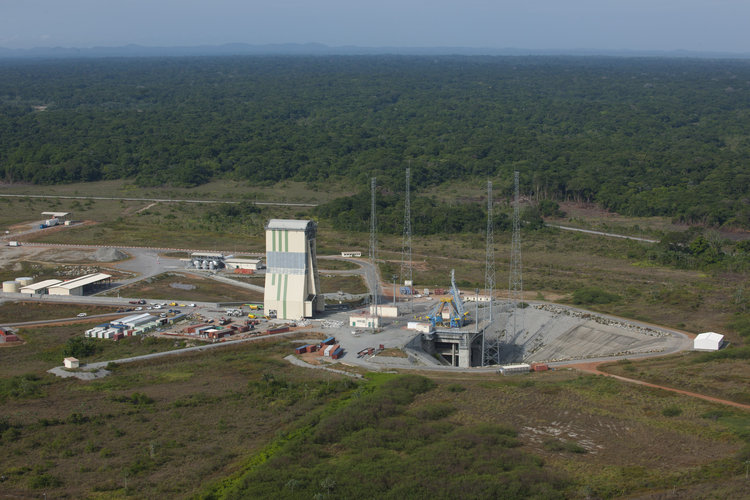
On 21 October 2011, the first pair of Galileo navigation satellites was launched by a Russian-built Soyuz rocket from Europe’s Spaceport in French Guiana.
Three new Directors join the European Space Agency’s Executive Board

As of today, ESA has appointed three new Directors - for Commercialisation, Industry and Procurement, Earth Observation Programmes and Navigation. The new Directors were appointed by ESA Council at its meeting on 21 October; they will support the Director General with responsibility for activities and overall objectives in their respective directorates.
Final report from the high-level advisory group on accelerating the use of space in Europe

Final report from the high-level advisory group on accelerating the use of space in Europe
A group of advisors were given the mandate to advise the ESA DG on directions and actions for ESA to realise ambitious goals, together with other stakeholders, serving the future of Europe and its citizens. This report summarises their recommendations.
ESA Vision: accelerate the use of space

ESA Vision: accelerate the use of space
Europe must have the ambition to have a space programme and a space agency that is world-class and is leading. Agenda 2025 will bring European space to the next level. To meet our ambitions we need to accelerate the use of space in Europe.
Living Planet Symposium 2022: time for abstracts

ESA’s next Living Planet Symposium is set to take place on 23–27 May 2022 in Bonn, Germany. In gearing up for this prestigious event, it’s now time to submit abstracts to ensure a much sought-after slot to present topics such as the latest scientific findings on our planet, novel Earth observing technologies and new opportunities emerging in the rapidly changing sector of Earth observation.
NASA challenges K-12 students to design moon-digging robots

NASA seeks young engineers to help design a new robot concept for an excavation mission on the Moon. The Lunabotics Junior Contest is open to K-12 students in U.S. public and private schools, as well as home-schoolers.
The competition, which is a collaboration between NASA and Future Engineers, asks students to design a robot that digs and moves lunar soil, called regolith, from an area of the lunar South Pole to a holding container near where Artemis astronauts may explore in the future.
As part of the Artemis program, NASA will land the first woman and first person of color on the Moon and establish long-term lunar science and exploration capabilities that will serve as a springboard for future exploration of Mars. Lunar regolith is instrumental in this development and could be used to create lunar concrete, reducing the amount and cost of materials that need to be transported from Earth.
To enter the contest, students must submit entries, which must include an image of the robot design and a written summary explaining how the design is intended to operate on the Moon, by Jan.
NASA Shares Webb Telescope Media Briefing Schedule, Resources
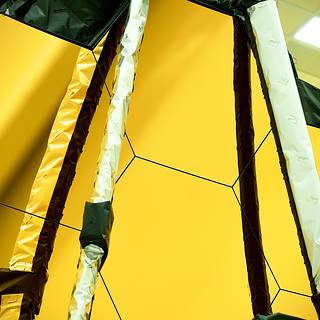 NASA will hold a series of virtual media briefings and events leading up to the launch of the James Webb Space Telescope, the premier space science observatory of the next decade.
NASA will hold a series of virtual media briefings and events leading up to the launch of the James Webb Space Telescope, the premier space science observatory of the next decade. Studying the edge of the sun's magnetic bubble
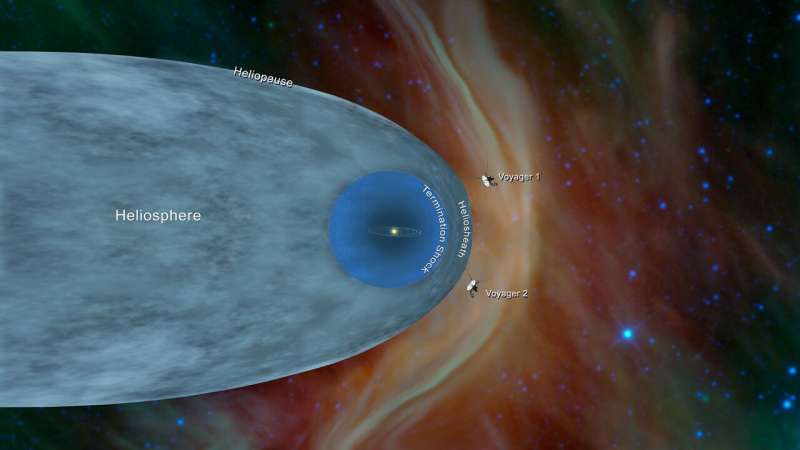
Our corner of the universe, the solar system, is nestled inside the Milky Way galaxy, home to more than 100 billion stars. The solar system is encased in a bubble called the heliosphere, which separates us from the vast galaxy beyond—and some of its harsh space radiation.
We're protected from that radiation by the heliosphere, which itself is created by another source of radiation: the sun. The sun constantly spews charged particles, called the solar wind, from its surface. The solar wind flings out to about four times the distance of Neptune, carrying with it the magnetic field from the sun.






